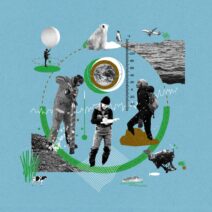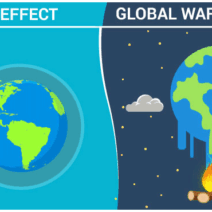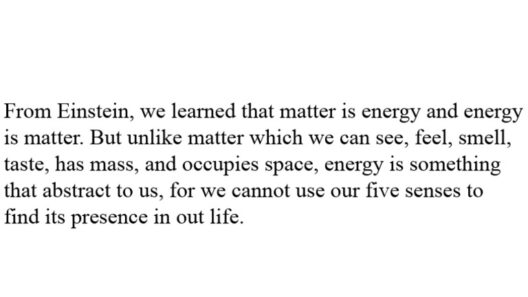Taking a rest is not merely about pausing activities; it is an integral component of energy conservation and recovery, particularly in an era where sustainability and efficient energy use have become paramount. As we delve into the science behind recharge and recovery, it becomes evident that our understanding of rest encompasses biological, psychological, and ecological dimensions.
At the cellular level, the human body operates like a finely-tuned machine, continuously expending and regenerating energy. Cells produce energy through adenosine triphosphate (ATP), a molecule that fuels various physiological processes. However, high-intensity activities can deplete ATP reserves, leading to fatigue. Herein lies the significance of rest—during periods of inactivity, the body can restore ATP levels, enabling a return to optimal functioning. This biological recovery mirrors larger ecological principles, where systems flourish only when allowed to rejuvenate periodically.
Moreover, the act of resting facilitates not only physical recovery but also psychological renewal. Mental fatigue can compromise cognitive function, reducing creative potential and decision-making capacity. Engaging in restorative activities, such as meditation or leisurely walks in nature, fosters mental clarity and resilience. Just as diverse ecosystems require downtime to maintain biodiversity and combat invasive species, humans must embrace restorative practices to preserve their mental acuity.
Different modalities of rest can be identified, each contributing uniquely to energy conservation. Active recovery, such as light exercise or stretching, promotes blood circulation and nutrient delivery to fatigued muscles. In contrast, passive recovery, involving complete cessation of physical activity, allows profound restoration of energy reserves. During sleep, the restoration process reaches its pinnacle; the body engages in intricate reparative processes, including muscle growth and memory consolidation, essentially replenishing its energy stock. Each form of rest plays a pivotal role in energy conservation efforts, both at the personal and community levels.
Furthermore, understanding circadian rhythms enhances our grasp of rest. Our bodies are engineered to operate on a roughly 24-hour cycle that influences hormonal release, digestion, and energy levels. Disruptions to this natural rhythm—such as those caused by excessive screen time or irregular sleep patterns—can lead to energy inefficiency and decreased overall health. Just as natural ecosystems flourish when they follow seasonal cycles, human health thrives when aligned with these biological rhythms, encouraging us to prioritize rest as an environmental necessity.
In considering the social dimensions of rest, the societal implications of a culture that stigmatizes breaks come to the fore. The modern work environment often celebrates relentless productivity, which paradoxically diminishes overall output and fosters burnout. By advocating for a culture that values rest, we nurture a societal framework that sees energy conservation as a collective endeavor, akin to sustainable practices in environmental stewardship. Organizations that implement flexible schedules and encourage restorative practices contribute to a more resilient workforce, ultimately benefitting both individuals and the broader community.
On a larger scale, the concept of rest transcends individual benefits, dovetailing with issues of climate change and environmental sustainability. Just as individual organisms recover and regrow, ecosystems require periods of rest to replenish their resources. Rewilding projects, which aim to restore natural habitats, often involve minimizing human disturbance to allow ecosystems to recover. Similarly, sustainable energy practices—such as harnessing renewable energy sources—align with the principle of resting our reliance on fossil fuels, preserving our planet for future generations.
Moreover, the phenomenon of rest can be intricately linked with energy efficiency on a broader scale within urban environments. Urban planning that incorporates green spaces facilitates opportunities for rest and leisure, promoting both physical and mental well-being. Green roofs and urban gardens serve as ecological sanctuaries, ameliorating the urban heat island effect while encouraging communities to engage with their environment in restorative ways. The thoughtful integration of restful spaces into urban landscapes not only enhances individual health but also contributes to ecological resilience.
As the dialogue around rest evolves, it becomes increasingly clear that the practice of taking a step back has profound implications for energy conservation. By recognizing the restorative potential inherent in pauses—from micro-level cellular recovery to macro-level ecological rebalancing—we lay the groundwork for a healthier society and a more sustainable world. Thus, integrating rest into our daily existence is not simply a personal choice but an imperative that resonates through biological, societal, and environmental frameworks.
In conclusion, acknowledging the multifaceted nature of rest enables a comprehensive understanding of energy conservation. As we grapple with the complexities of modern life and the pressing challenges of climate change, it is imperative to recognize the profound impact of rest on our physical well-being, mental health, and environmental sustainability. Cultivating habits that promote recovery empowers individuals and communities alike, forging a path toward a more energetically efficient and sustainable future. Embrace rest as a vital component in the intricate dance of energy conservation—a principle that, when applied thoughtfully, can lead to transformative change.








